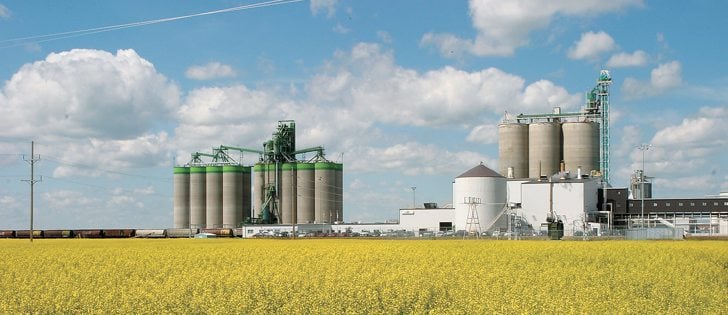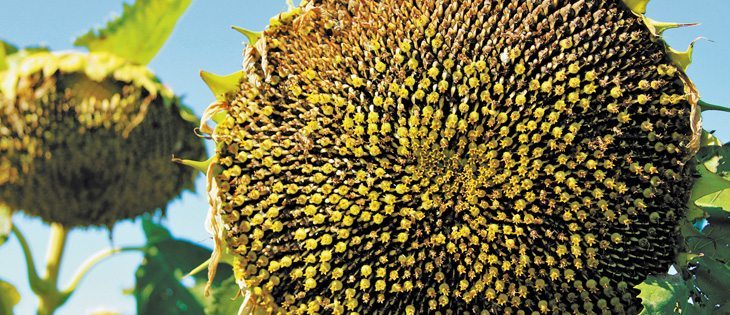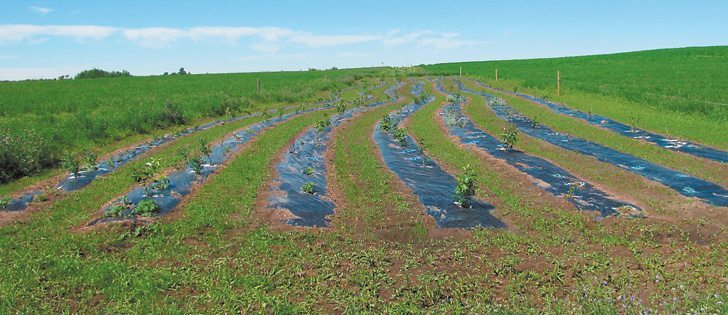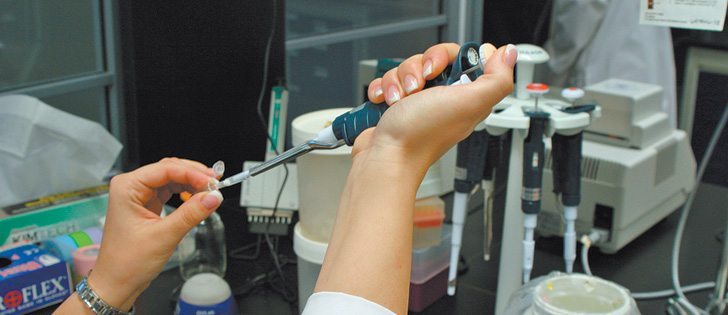There is an adage that small crops get smaller and big crops get bigger.
The small part could hold true with the U.S. corn crop this year, which could spell big trouble for the corn ethanol industry as the economic pain spreads out from the small crop.
The U.S. Department of Agriculture shocked traders last week when it lowered its corn average yield outlook by 20 bushels per acre to 146 bu.
The surprise was not so much the actual number but the fact that the USDA slashed the yield in its July report, which is early for the normally cautious department.
Read Also

U.S. market can’t easily be replaced
The deputy chief economist of Farm Credit Canada says 92 per cent of Canada’s total exports to the U.S. went into the country duty-free in June.
The aggressive move was a sign of the seriousness of the situation.
However, the situation is likely worse than the picture the USDA painted.
The corn crop condition has deteriorated since the USDA made its analysis and so a yield of 146 bu. per acre is probably optimistic.
Goldman Sachs has already cut its U.S. corn yield forecast to 143.5 bu. per acre.
However, speculation is also turning to the number of harvested acres.
The USDA’s July forecast was that 88.85 million acres, or 92 percent of the seeded area, would be harvested.
However, the percentage harvested was lower in previous drought years.
Many compare this year to the devastating drought of 1988. Then, the harvested area was 86 percent of the land seeded.
Playing around with these numbers shows that a further reduction in the corn crop of one billion bu. is not out of the question. That would reduce the U.S. corn crop to 12 billion bu. from the current USDA forecast of 12.97 billion.
More demand rationing of corn also means more wheat will be used as livestock feed, which would help push wheat prices higher.
There was virtually no U.S. ethanol industry in 1988, but this year the U.S. Environmental Protection Agency estimates that nearly 12.2 billion gallons of corn-based ethanol will be needed to meet this year’s federal mandate for ethanol production. The demand will consume 40 percent of the dwindling U.S. corn crop.
Unless there is a miraculous turn around in the weather, expect a huge lobby effort from livestock feeders and others to scale back the ethanol mandate to free up corn for feed.
Once the electioneering is done this fall, there could be a growing coalition of Democrats who say corn ethanol inflates food prices and Republicans who believe more attention should go to alternative fuels.
This could seriously reduce support for corn ethanol, and that could usher in a major change in grain market dynamics.














